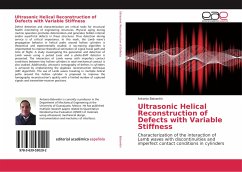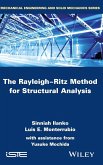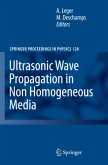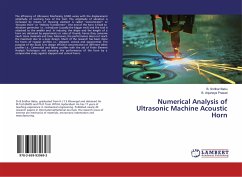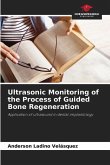Surface defects, such as gauge corner cracking on the
railway track can be a difficult class of defects for
existing on-line non-destructive testing techniques
to detect and size accurately at high speed. There
are economic and safety benefits to have an accurate,
fast and reliable NDT technique to detect such
defects. The EMAT pitch-catch ultrasonic testing
technique, using the Rayleigh surface wave, has been
shown to be able to detect and size surface defects.
The pitch-catch geometry also allows this technique
to be used at high speed on-line NDT applications.
This research has also identified a number of
ultrasonic signal features that arise from the
interaction between the surface wave and surface
defects, such as: the non-linear laser generation
effect, the signal enhancement effect, and the
Rayleigh wave recovery effects. They can have
potential NDT applications for detecting and sizing
surface defects. The ferrite enhanced EMAT is able to
generate similar ultrasonic surface waves to the
conventional EMATs, in some cases, with higher
generation efficiency and better stand-off
performance. This research should be of interest to
those in ultrasonic NDT community.
railway track can be a difficult class of defects for
existing on-line non-destructive testing techniques
to detect and size accurately at high speed. There
are economic and safety benefits to have an accurate,
fast and reliable NDT technique to detect such
defects. The EMAT pitch-catch ultrasonic testing
technique, using the Rayleigh surface wave, has been
shown to be able to detect and size surface defects.
The pitch-catch geometry also allows this technique
to be used at high speed on-line NDT applications.
This research has also identified a number of
ultrasonic signal features that arise from the
interaction between the surface wave and surface
defects, such as: the non-linear laser generation
effect, the signal enhancement effect, and the
Rayleigh wave recovery effects. They can have
potential NDT applications for detecting and sizing
surface defects. The ferrite enhanced EMAT is able to
generate similar ultrasonic surface waves to the
conventional EMATs, in some cases, with higher
generation efficiency and better stand-off
performance. This research should be of interest to
those in ultrasonic NDT community.


